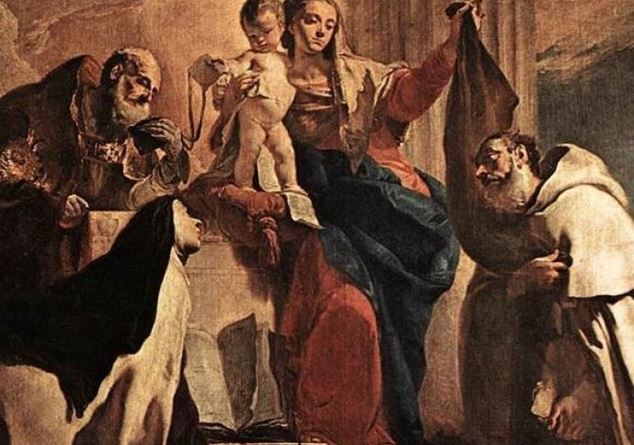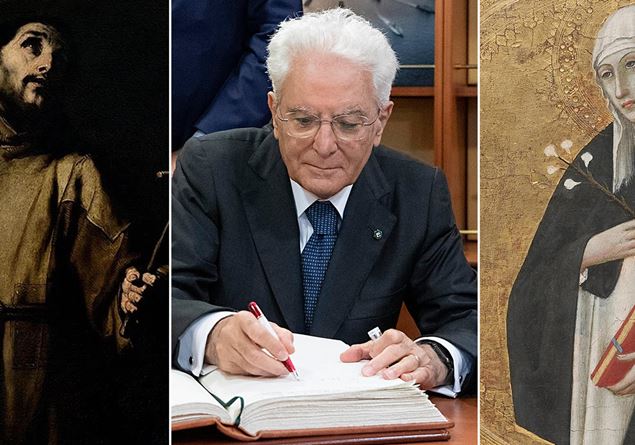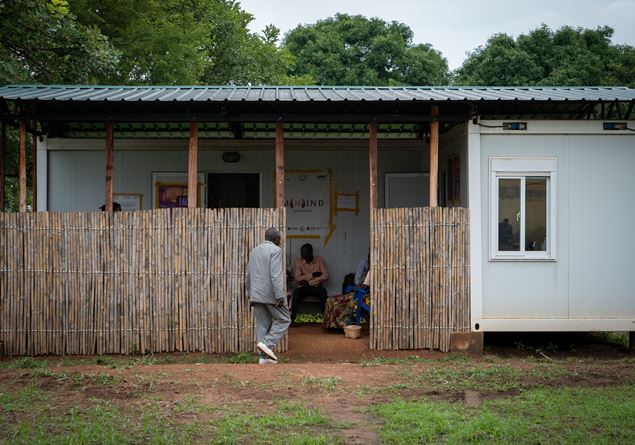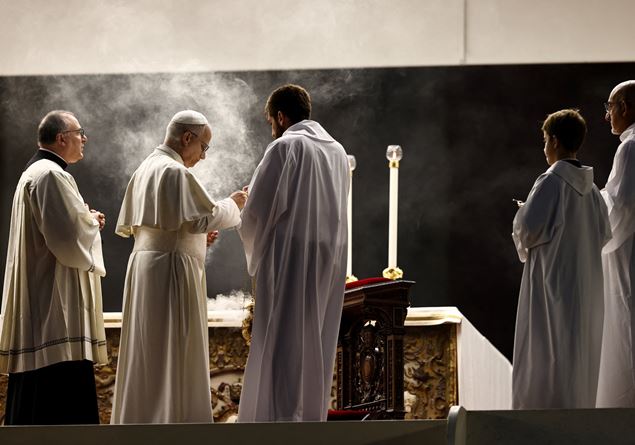The liturgical feast of the Madonna del Carmelo It was established to commemorate the appearance on July 16, 1251 In San Simone Stock, at the time prior general of the Carmelite order, during which the Madonna gave him a scapular (from the Latin scapulashoulder) in fabric, revealing remarkable privileges connected to his cult.
Elia on Monte Carmelo’s appearance
In the first book of the kings of the Old Testament it is said that the prophet Elia, who collected a community of men on Mount Carmelo (in Aramaic “garden”), operated in defense of the purity of faith in God, winning a challenge against the priests of the god Baal. Here, later, Christian monastic communities settled.
The Crusaders, in the 11th century, found in this place of the religious, probably of the Maronite ritual, who called themselves heirs of the disciples of the prophet Elia and followed the rule of San Basilio. In about 1154 the French nobleman Bertoldo retired to the mountain, which arrived in Palestine with his cousin Aimerio of Limoges, a patriarch of Antioch, and was decided to bring together the cenobitic life hermits.
The religious built a church in the midst of their cells, dedicating it to the Virgin and took the name of brothers of Santa Maria del Monte Carmelo. Carmel acquired, in this way, its two characterizing elements: the reference to Elia and the link to Mary Most Holy.
The stop of the Holy Family
Mount Carmelo, where according to tradition the Holy Family stopped returning from Egypt, is one mountain range, which is located in the Alta Galilea, a region of the state of Israel and which develops northwest-soups from Haifa to Jenin.
Between 1207 and 1209, the Latin patriarch of Jerusalem (which then was based in San Giovanni d’Acri), Alberto di Vercelli, drawn up the first statutes for the hermits of Monte Carmelo (the so -called primitive rule or Vitae formula).
The Carmelites have never recognized anyone the title of founder, remaining faithful to the model that saw one of the fathers of monastic life in the prophet Elia.
The Carmelite rule
The rule, which prescribed night vigils, fasting, rigorous abstinence, the practice of poverty and silence, was approved on January 30, 1226 by Pope Honorius III with the bubble Ut Vivendi Normam. Due to the incursions of the Saracens, around 1235, the friars had to abandon the East to settle in Europe and their first convent found residence in Messina, in the retreat.
The news about the life of San Simone Stock (Aylesford, around 1165 – Bordeaux, 16 May 1265) are scarce. After a pilgrimage to the Holy Land, he matured the decision to enter the Carmelite and, completed his studies in Rome, he was ordained a priest.
Around 1247, when he was already 82, he was chosen as a sixth general of the order. He worked to reform the Carmelite rule, making it a beggar order: Pope Innocent IV, in 1251, approved the new rule And he also guaranteed the particular protection by the Holy See.
The scapular that frees from the penalties of Purgatory
Just in San Simone Stock, who propagated the devotion of the Madonna del Carmelo and composed for her a beautiful hymn, the Flos CarmelilIn Madonna he assured that those who had turned off the scapular would be freed from the penalties of Purgatory, By affirming: “This is the privilege for you and for yours: anyone who will die by covering it, will be Salvo”.
The consecration to the Madonna, through the scapular, translates first of all in the effort to imitate her, at least in the intent, to do everything as she would have accomplished it.










